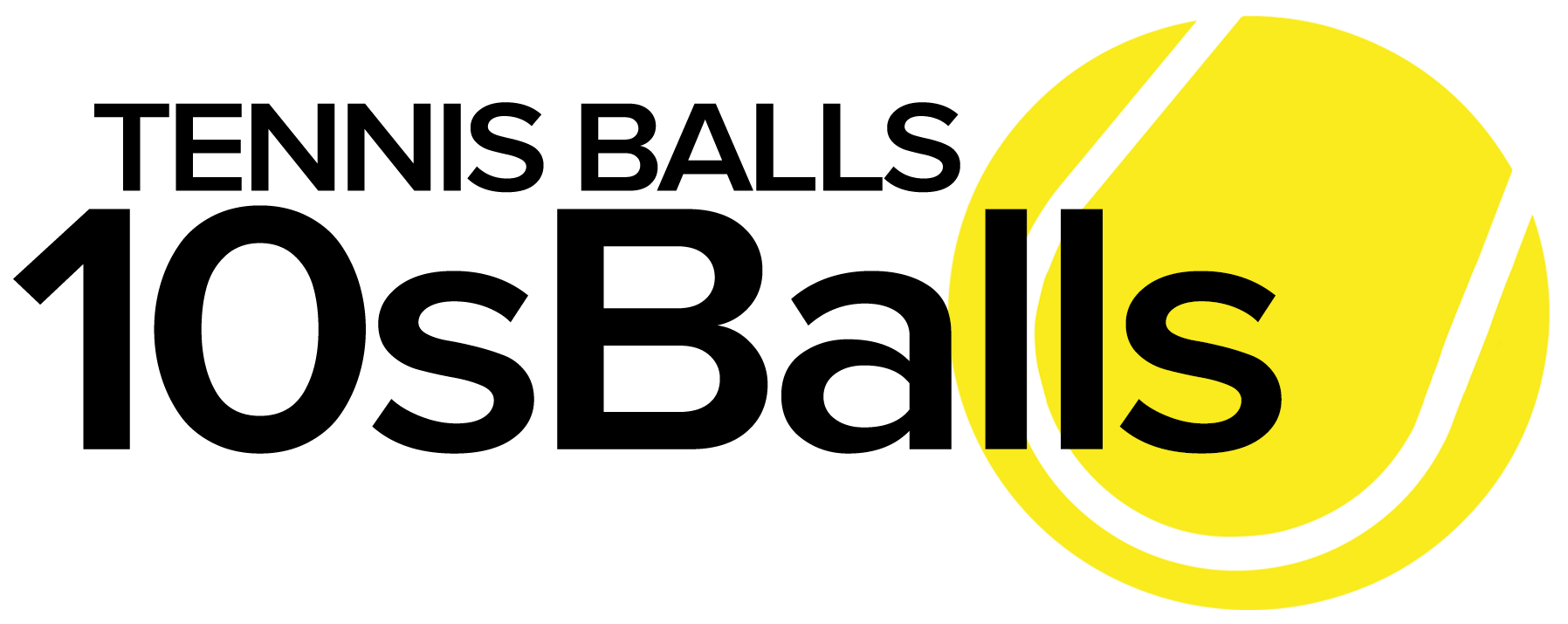- Laver Cup Pays Tribute to Retiring Rafael Nadal
- Swiss Indoors Basel Draws and Schedule for Friday, October 25, 2024
- Ricky’s picks for Friday in Basel, involving Rublev and Tsitsipas
- Maria Sharapova and Bryan Brothers to be Inducted into the International Tennis Hall of Fame in 2025
- Swiss Indoors Basel Draws and Schedule for Thursday, October 24, 2024
- Aussie Tennis hits 1 Million Hours of Court Time
- Taylor Fritz to Play for History at 2025 Delray Beach Open
- USTA Announces Reorganization, Martin Blackman Out
- Ricky’s picks for Wednesday in Vienna, including Berrettini vs. Tiafoe
- Swiss Indoors Basel Draws and Schedule for Wednesday, October 23, 2024
- Tennis News: Iga Swiatek to Play for Poland in Billie Jean King Cup
- Swiss Indoors Basel Draws and Schedule for Tuesday, October 22, 2024
- Tennis News: United Cup 2025 to Host Blockbuster Draw
- Paul improves Nitto ATP Finals standing with Stockholm title
- “Amazing” Djokovic vs. Nadal rivalry comes to an end at Six Kings Slam
Charleston WTA Volvo Tennis Event “The Clay Ballet” by Craig Cignarelli
- Updated: April 6, 2018
Photo by @VolvoCarOpen via Twitter
When professional players compete in high level tournaments, one of the goals is to leave their mark on the event. At the Charleston 800K this week, as they seek to make their marks, many women are sliding, skidding and slipping on the green clay. The array of footprints looks as if Monet decided to try abstract art. There are short strides and long strides traveling in various directions and the well-traversed path cuts a wide swath from ten feet behind the baseline to two feet in front of it. Moreover, there is a less-worn trail from the baseline to the net which resembles a hopscotch template because of the consistent split step around the service line. In the early rounds, most of the footprints reside between the singles sidelines. As the tournament goes deeper into the draw, slide marks appear beyond the doubles alleys, because higher level tennis requires players to stretch the court.
For your average amateur athlete, mimicking the footwork of professional players seems implausible. The ability to consistently take nine to eleven steps per shot requires great conditioning, agility drills, and an understanding of the perfect relationship between the ball and the body which strikes it. However, that does not prevent us mere mortals from walking in their footsteps. As an exercise, cover the top two-thirds of the television screen and isolate the movement of the player closest to you. You’ll see skip steps and hop steps and jump twists, right and left foot launches and two foot pivots, one foot landings, open and semi-open and closed stances, split steps and drop steps and even a few moves which Fred Astaire would admire.
The idea here is not to say we should emulate all of these movements. Rather, aspiring amateurs might realize there are some consistent movement patterns on the tennis court. More importantly, those movement patterns evolve and extend as tournaments progress. Learning the difference between the early round movers and the late round movers can inform your own development.
Lesson: If you want to understand people, walk a mile in their footsteps. If you can conquer the paths they’ve traveled, you too will have made your mark.






